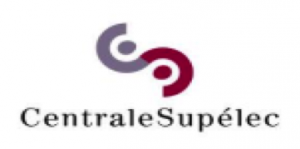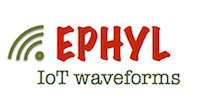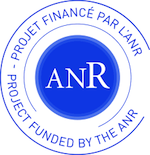Today an estimated 15 billion of connected objects communicate with each other’s. These connected objects that compose the Internet of Things (IoT) are expected to extend to 50 or 80 billion worldwide by 2020. The technology connecting the smart objects of the IoT is extremely varied: some objects are connected through a local access point using WiFi, Zigbee or Bluetooth and rely on the connectivity of the access point to access a wider network; others rely on a communication infrastructure to convey the information and are often referred as Low Power Wide Area (LPWA) networking technologies. These LPWAN technologies define a new air interface that gives a low power connectivity alternative to cellular systems and are either exploited under unlicensed band (such as Sigfox, LoRa) or licensed band (such as LTE-Cat M and NarrowBand IoT).
The general objective of the project EPHYL is to investigate coming and future LPWA technologies with the aim to improve coverage, data rate and connectivity while keeping similar level of complexity and power consumption at the node for the access. New waveforms enablers will be investigated and trialled in order to increase the efficiency of future systems and to provide efficient and fair access to the radio resource. The proposed new waveforms should comply with system constraints and with the coexistence of multiple communications.
This project is funded by the Agence Nationale de Recherche; the total funding attributed to this project is 814 k€.
The project partners are:
 |
 |



